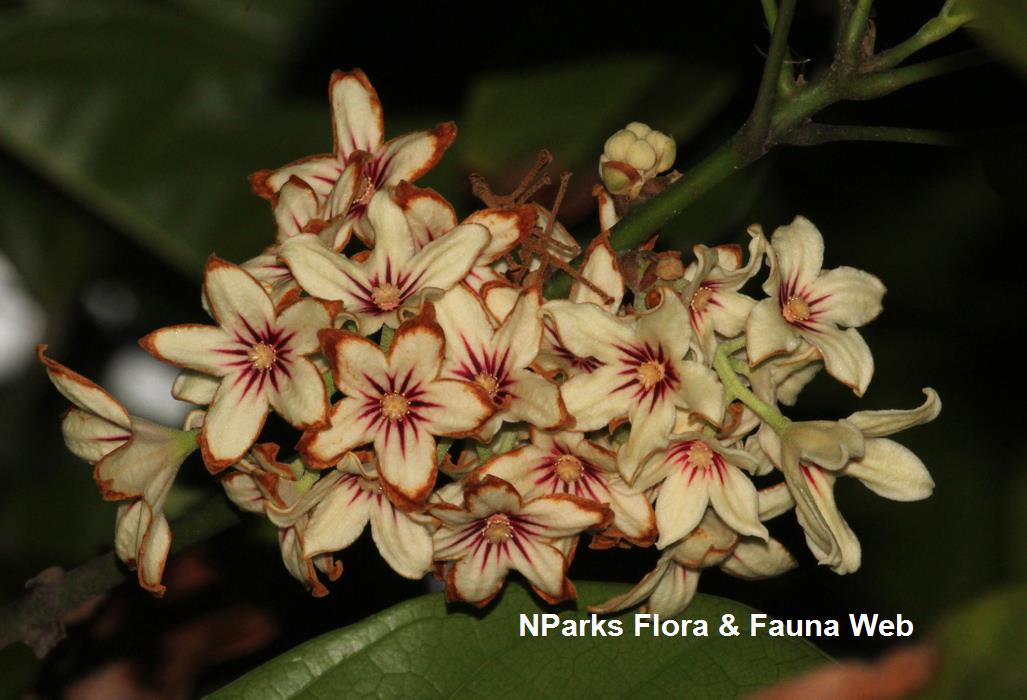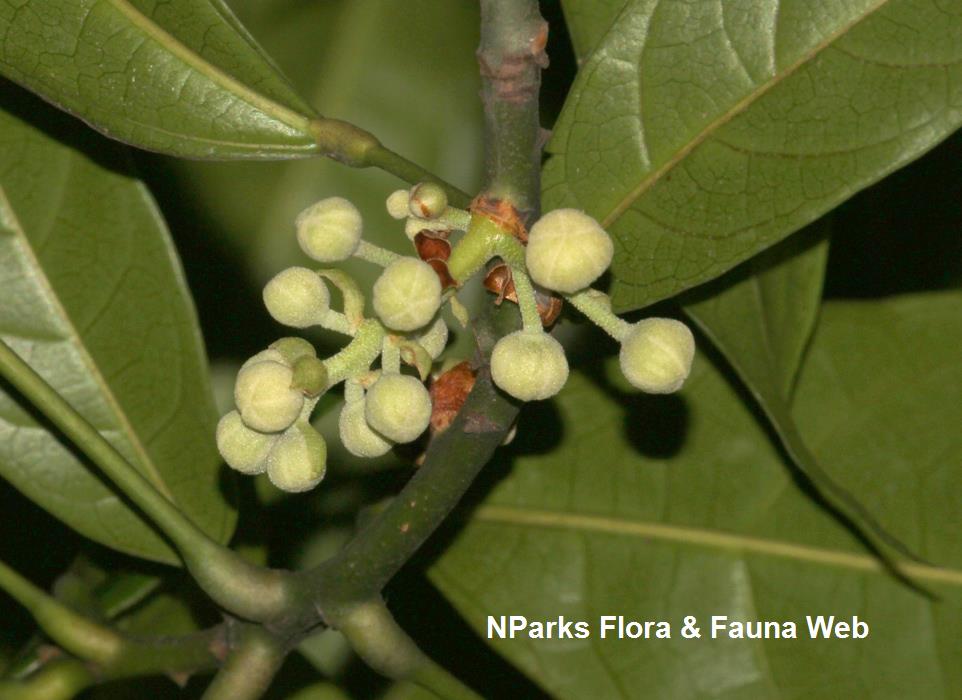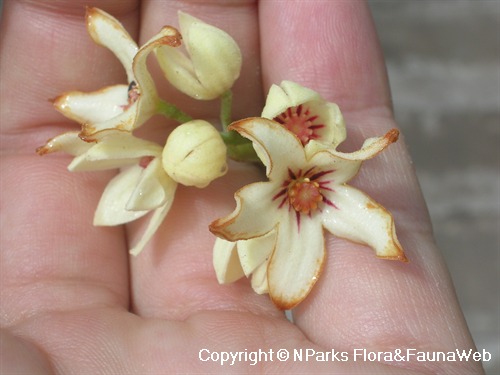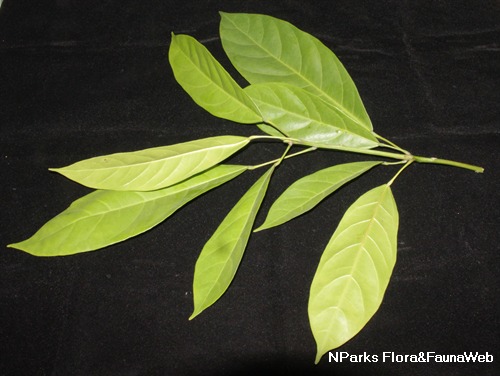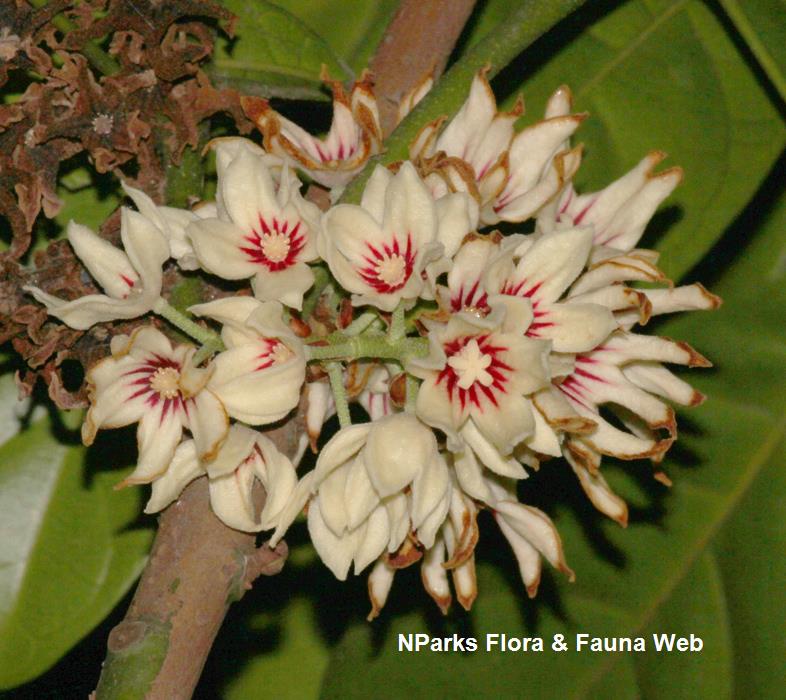
Back
Cola nitida
| Family Name: | Malvaceae |
| Synonyms: | Abelmoschus nitida |
| Common Name: | Cola Nut, Kola, Kola Nut, Bitter Cola Tree, Guru Nut, Gurru Nuts, Bissy Nuts, Cola Seeds |
Name
Classifications and Characteristics
| Plant Growth Form | Tree |
|---|---|
| Maximum Height | 20 m to 25 m |
Biogeography
| Native Distribution | West Africa |
|---|
Description and Ethnobotany
| Growth Form | Medium-sized tree. |
|---|---|
| Foliage | Deeply veined, smooth leaves are elliptic with entire (smooth) leaf margin and acuminate (pointed) leaf apex. Leaves have alternate leaf arrangement (leaves occur singly on alternating sides of the branch). |
| Flowers | Flowers are either greenish-yellow or white with purple edges. |
| Fruit | Plants start to produce seed pods at about 7 years of age. Light green, dry pods have a wrinkled, uneven texture and a curved ridge that runs along the length of the pod. They split in half to release cream-coloured to light brown irregular seeds. |
| Habitat | Occurs in tropical forests. |
| Cultivation | This species is easy-to-grow. Propagate by seeds. Allow seeds to soak in water for 24 hours before planting and place in a warm location (about 29oC) to promote germination. |
| Ethnobotanical Uses | Edible Plant Parts : Edible Seeds Food (Herb or Spice): The seeds (known as Cola nuts) were an original ingredient in the Coca-Cola soft drink. Medicinal: Chewing the seeds has a stimulating effect. |
Plant Care and Propagation
| Light Preference | Full Sun |
|---|---|
| Water Preference | Moderate Water |
| Plant Growth Rate | Moderate |
Foliar
| Mature Foliage Colour(s) | Green |
|---|---|
| Leaf Area Index (LAI) for Green Plot Ratio | 4.0 (Tree - Dense Canopy) |
Floral (Angiosperm)
| Flower Colour(s) | White |
|---|
Image Repository
Others
| Master ID | 1529 |
|---|---|
| Species ID | 2822 |
| Flora Disclaimer | The information in this website has been compiled from reliable sources, such as reference works on medicinal plants. It is not a substitute for medical advice or treatment and NParks does not purport to provide any medical advice. Readers should always consult his/her physician before using or consuming a plant for medicinal purposes. |


